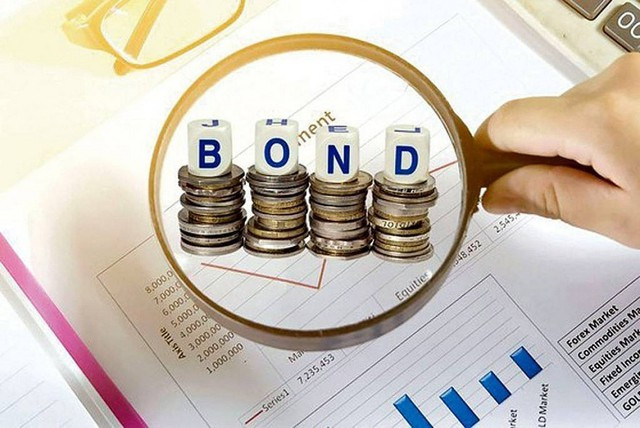
The ministry reported that, 15 percent of the mention-above issued bonds were secured by assets.
Commercial banks were the major bond issuers with 33.6 percent of total corporate bonds volume, followed by firms operating in real estate 33.58 percent, construction 9.41 percent, production and manufacturing 8.7 percent and trade and service 4.1 percent.
Regarding the Government bond market, the State Treasury issued VND78.422 trillion (nearly US$3.36 billion) of Government bonds in the first seven months, equivalent to 19.6 percent of this year's plan.
Viet Nam's bond market grew to over US$70 billion in 2021. More than 80 percent of the bonds issued were government bonds, while development banks were the second largest issuer, reported HSBC last June.
The nation's total green, social and sustainability bond value hit US$1.5 billion last year, nearly five times higher than US$0.3 billion in 2020. The majority of green bonds and loans in Viet Nam in 2021 came from the transportation and energy sectors.
The country is the second largest source of green debt issuance in ASEAN after Singapore.
The Resolution No.54/2022 promulgating an action plan to execute the National Assembly's Resolution on the Economic Restructuring Plan for the period of 2021-2025 targets that the stock market's capitalization should be increased to at least 85 percent of GDP.
The outstanding debt of the overall bond market should be increased to at least 47 percent of GDP, and the outstanding debt of the corporate bond market should be increased to about 20 percent of GDP.
However, according to the Viet Nam Bond Market Association, this sector is still modest compared to several other regional nations, such as Malaysia (56 percent of GDP), Singapore (38 percent of GDP), and Thailand (25 percent of GDP).